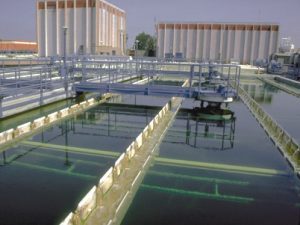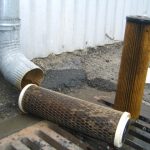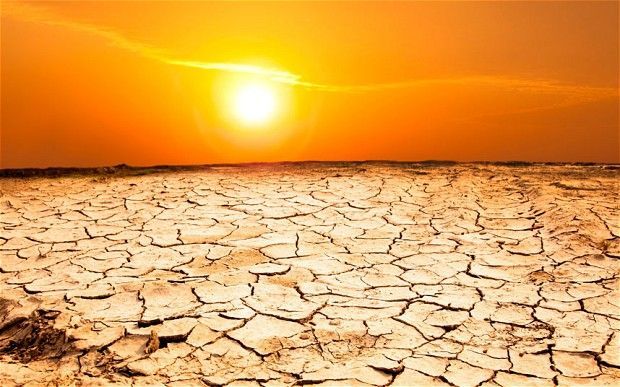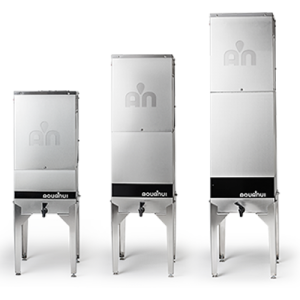The Great California Drought: It’s been all over the news lately that California is getting into more and more trouble with the continuing drought and dwindling water supply. Not enough people are conserving it, crops need it and enforcing conservation is extremely difficult. While everyone is concerned about the amount of water being used, few people think about the quality of water being used.
During a drought, water levels are low because much of the water has been evaporated and not replenished. The water that is available will be more concentrated with contaminants. During these times, we can expect to see an increase in nitrates, organic and inorganic minerals, bacteria, pesticides and herbicides in the remaining water supply.
 In addition, California’s municipal water treatment facilities will be pressed to treat and recycle the remaining available drinking water supply at a faster rate, which will adversely affect the quality of water. Many municipal water supplies will add additional chlorinate to the water to kill bacteria. This means it is very likely that Californians will be getting more chlorine in tap water then they are accustomed to.
In addition, California’s municipal water treatment facilities will be pressed to treat and recycle the remaining available drinking water supply at a faster rate, which will adversely affect the quality of water. Many municipal water supplies will add additional chlorinate to the water to kill bacteria. This means it is very likely that Californians will be getting more chlorine in tap water then they are accustomed to.
What does this mean for the water conscious home consumer? Bottled water is an option. However, the consumer should be made aware that bottled water, if treated or filtered at all, is often of variable quality and will likely be of lesser quality in a drought when the available water inputs are of lesser quality. In addition, the process of bottling and filtering water is extremely wasteful for our resources and the environment. Finally, the cost of bottled water can quickly add up.
 There are several options available for environmentally and cost conscious consumers. Home treatment systems known as ‘point of use’ POU systems for drinking water purification are a common option. These include barrier treatment methods such as ‘RO’ reverse osmosis, filtration and distillation. As with bottled water, RO systems are very inefficient and waste water. Also, with the increase in contamination, filters are not only going to deteriorate faster and need to be replaced more often, but their initial effectiveness will be lower. This can become especially expensive for RO systems which require regular replacement filters.
There are several options available for environmentally and cost conscious consumers. Home treatment systems known as ‘point of use’ POU systems for drinking water purification are a common option. These include barrier treatment methods such as ‘RO’ reverse osmosis, filtration and distillation. As with bottled water, RO systems are very inefficient and waste water. Also, with the increase in contamination, filters are not only going to deteriorate faster and need to be replaced more often, but their initial effectiveness will be lower. This can become especially expensive for RO systems which require regular replacement filters.
A sensible alternative are distillation POU systems. Distillation systems offer a high quality, eco-friendly and cost-conscious option. A quality U.S. made distiller will consistently remove 99.9+% of water contaminants without wasting a lot of water. Bacteria is killed in the boiling process and practically all of the contaminants are removed when the water becomes vapor and then re-condenses, leaving fresh, pure water for you and your family to drink.
Water Quality in a Drought

